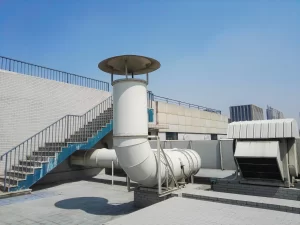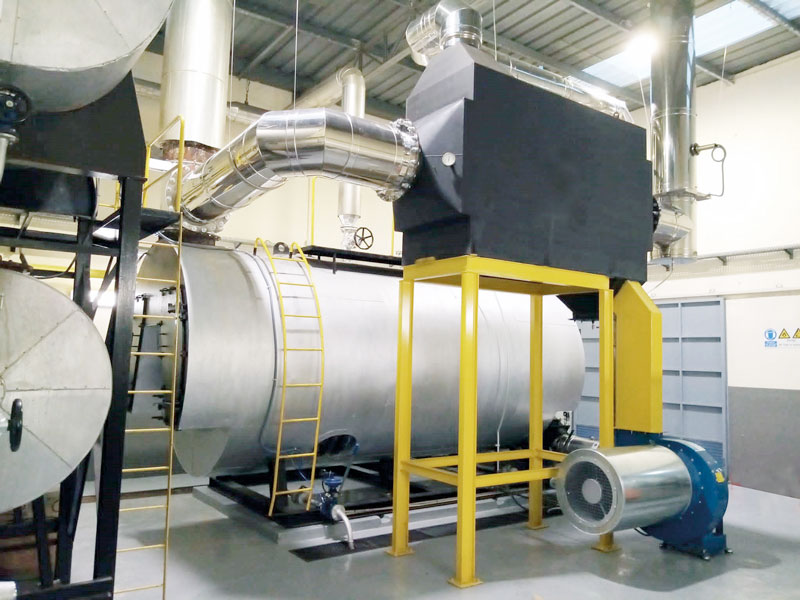The air preheater is an important part of a boiler system. If you want to get high efficiency from your boiler, then an air preheater should be installed in your boiler. Air preheater has been used for decades to improve the heat transfer rate between the hot flue gas and the cold incoming combustion air. The main purpose of air preheaters is to reduce NOx emissions and increase the combustion temperature.
To help you learn better about air preheaters, here’s the complete guide that help you to clear your doubts about; what is air preheater, types of air preheaters, & many more. So with that in mind, let’s get started!
What is an Air Preheaters in Boiler/APH?
An air preheater is a device that heats the air before it enters the boiler. The heated air is then mixed with water to produce steam. This helps reduce the amount of fuel needed to boil water.
Boiler is an important part of the heating system. Boilers heat water into steam using combustion or electricity. Steam is then distributed through pipes to radiators where it transfers its heat to the room. Preheating air increases the efficiency of the boiler. This means less energy is required to generate the same amount of steam.
Moreover, they do not require any additional water supply. They are commonly used in industrial boilers where the water temperature fluctuates frequently due to demand.
Types of Air Preheaters

Main Types of Air Preheaters in Boiler: Regenerative Air Preheaters & Recuperative Air Preheaters
Air preheaters are devices that use airflow to transfer heat from combustion gases to incoming air. In boiler systems, they are used to increase the temperature of flue gas before it enters the chimney stack. There are two types of air preheaters: regenerative air preheaters and recuperative air preheaters. Both types work similarly but have different applications.
Regenerative Air Preheaters/Rotational Air Preheaters
Regenerative air preheaters (RAPs) are designed to recover heat from hot exhaust gases and transfer it back to the incoming air stream. Regenerative air preheaters are commonly used in industrial boilers where high temperatures are present. They are also used in power generation facilities to reduce emissions.
Recuperative Air Preheaters/Tubular Air Preheaters
Recuperative air preheaters are used in low-temperature environments, such as residential heating systems. These air preheaters are not as effective at transferring heat as regenerative air preheaters, but they do provide some benefits. They are less expensive than regenerative air preheaters and are often used in conjunction with them.
Working Function of Air Preheaters
Air preheaters are commonly used in boiler systems to increase the temperature of the air before it enters the combustion chamber. These devices are generally installed at the top of the boiler where the hot flue gases exit. The purpose of these devices is to reduce the amount of condensation that occurs inside the boiler.
Condensation is water vapor that forms on the surface of the steam pipes and tubes. When the steam passes through the condensate, it causes corrosion and erosion of the metal surfaces.
In order to achieve this, they use a fan to blow hot air over cold water inside the boiler. As the air passes over the surface of the water, it picks up some of the heat from the water and transfers it to the incoming air. This makes the air warmer than if it was just passing straight through the boiler.
The main function of air preheaters in the boiler is to increase the temperature of the air entering the boiler.
Conclusion:
After reading this article, hopefully, you have a better understanding of air preheating in boilers, which will lead you to be interested in installing one. Therefore, if you are looking for the best air preheater, Ganeshas, a leading manufacturer of refractory and mechanical materials, can be of assistance. In other words, whenever the word air preheater comes up, Ganeshas should come to mind.




